Does this picture look familiar?

I can almost guarantee that you will have probably seen this at some point in your aquarium. It's a frustrating algae because it looks awful and can be hard to get rid of. But don't panic, as I can solve your situation. PHEW! *wipes brow*
Let me first sort out an old wives tale and set some of you straight:
It has nothing to do with excess nitrates or phosphates
Now I'd like to quote some text from UKAPS which is an excellent forum for those who do not know. Clive, who writes a lot on there has a real knack for words and I just love what he wrote:
Hair algae has absolutely nothing to do with high NO3 or high PO4. Hair algae is strictly associated with poor CO2. My tanks always have super high NO3 and PO4 and they never get hair algae - until something goes wrong with my CO2.
Just because you are adding CO2 it does not mean that you are adding enough. Do not fall off the wagon. Do not look for other reasons. Only try to realize the truth. Moss is a low light plant, so when you pummel it with high light it suffers more than other plants if the CO2 is not excellent. Therefore the moss is telling you that it is suffering too much light and not enough CO2. You think your CO2 is good but your moss disagrees. At the end of the day it doesn't matter what you think, it only matters what your moss thinks.
Step number 1 is to reduce you lighting intensity significantly by 50% if possible. This will reduce the environmental pressures on the moss.
You also need to increase your CO2 levels without killing your fish. If this cannot be accomplished by gas injection rate increase then you need to add more liquid carbon and this has to be done daily, not once or twice a week. The liquid carbon is hostile to CO2 related algae and at the same time it delivers CO2 to the plant. You can use the bottle recommended daily dosage or you can multiply that by 2X or 3X assuming that you don't have plants that respond poorly to liquid carbon such as Riccia or liverworts/bladderworts or assuming that you don't have fauna that are sensitive to liquid carbon such as some shrimp.
Increase you number of water changes per week for a few weeks if this is possible.
As you lower the growth demand via reduction of the light intensity, and at the same time improve the available CO2, you'll find that the mosses and other plants will respond positively and will grow faster. The hair algae will subside. Use a toothbrush in a spiral motion to remove as much of the hair as you can.
This advice is soooo good and so honest. Let me know what you think. Have you suffered from hair algae or maybe you are suffering right now from it. Either way, let me know!


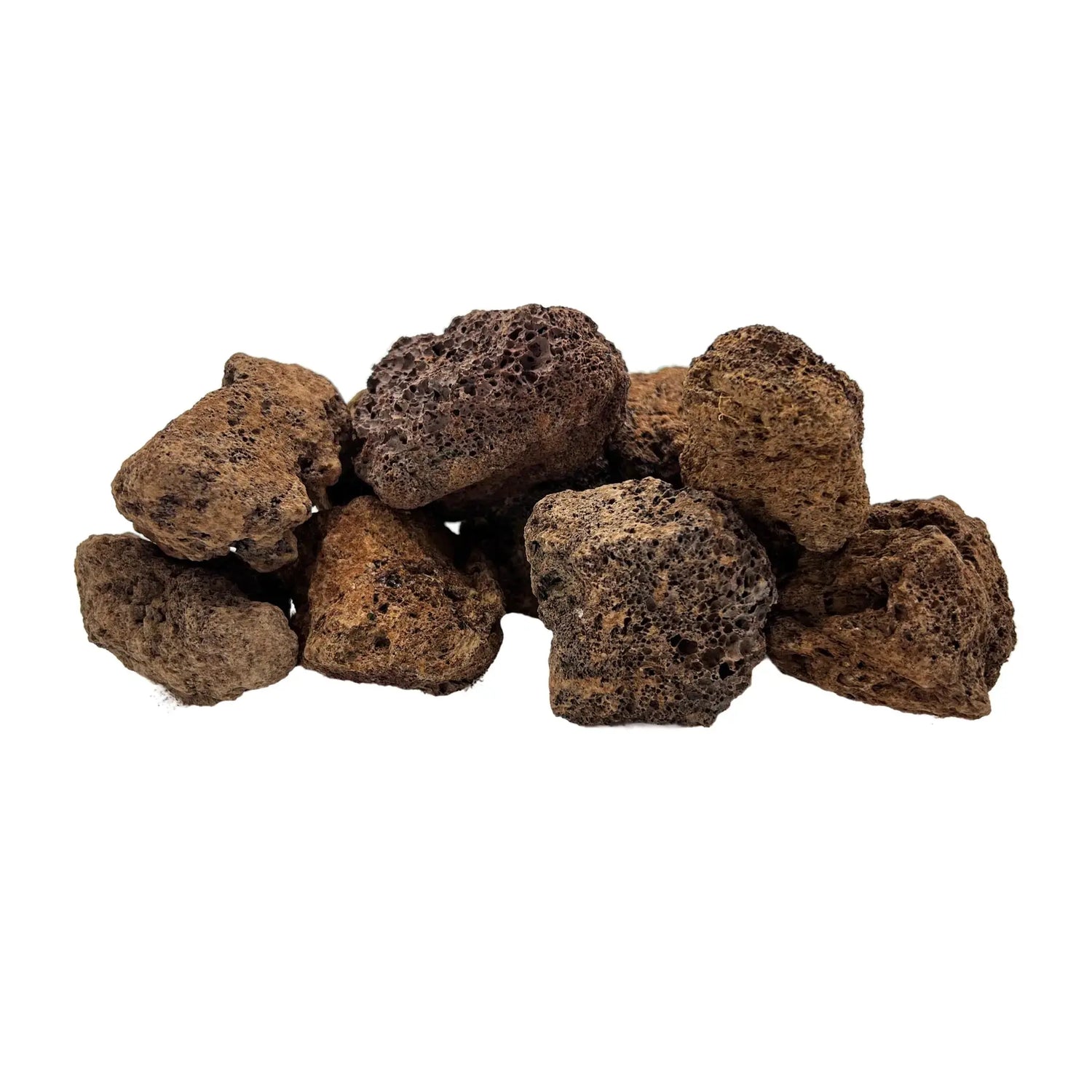
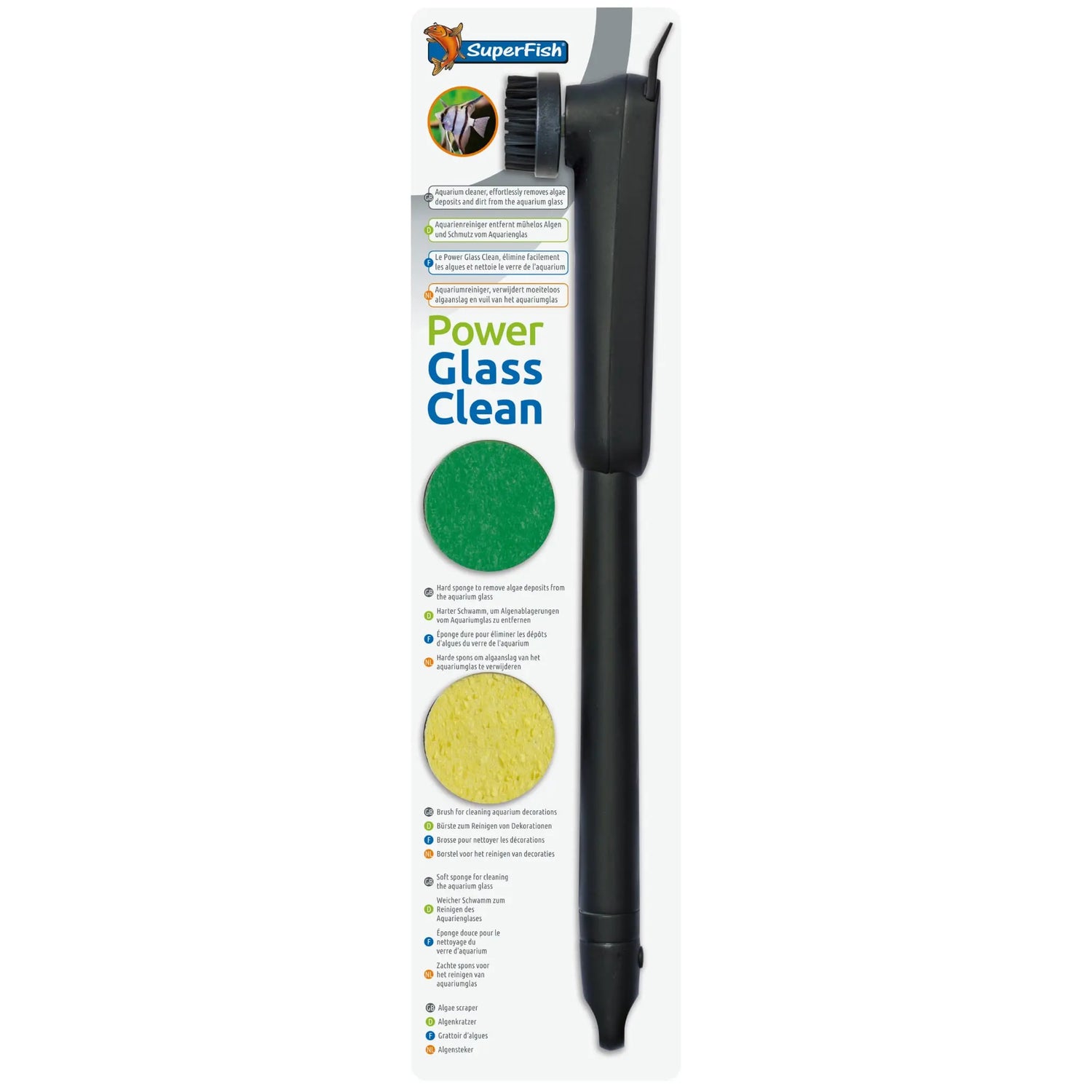
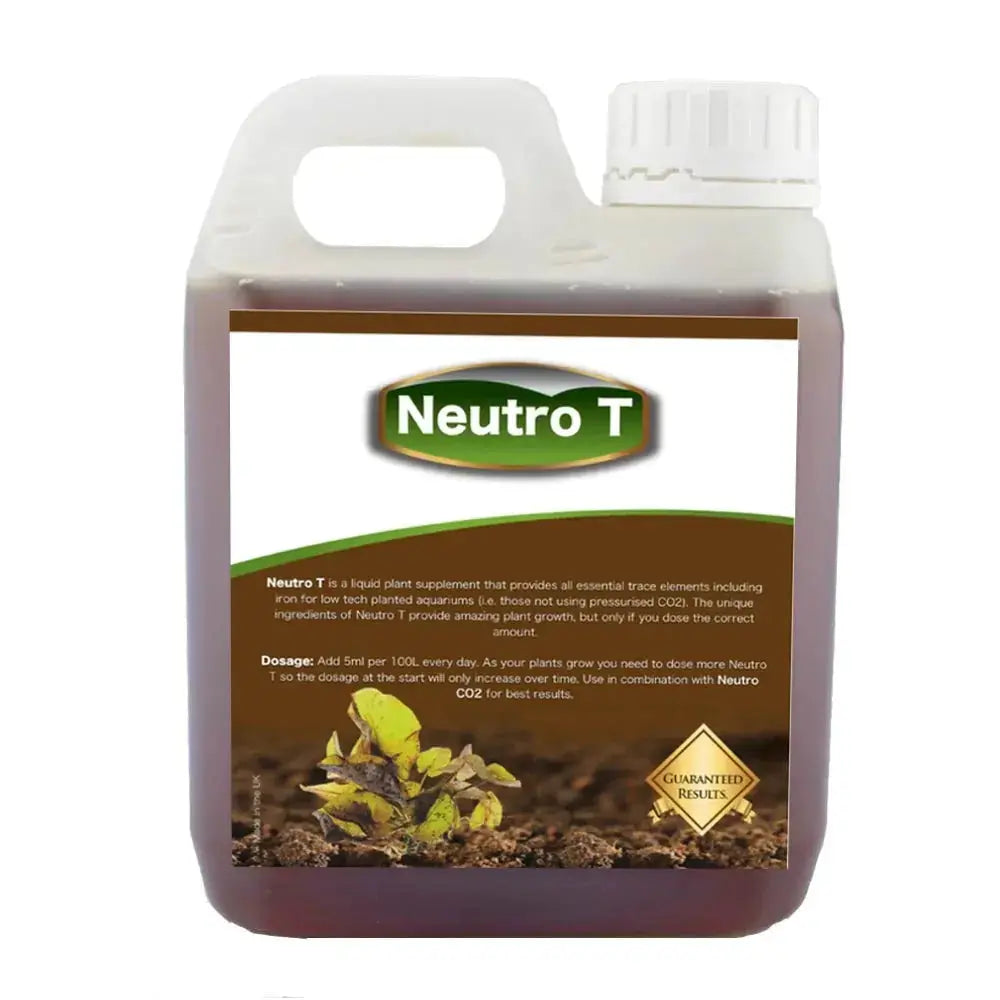
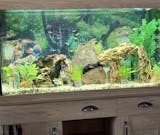
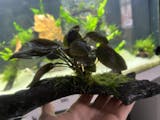
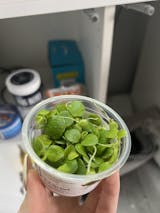
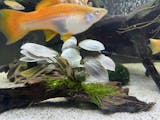
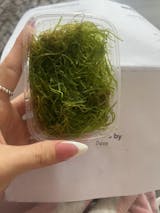
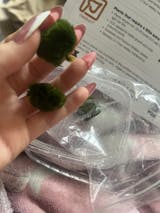
42 comments
Hi Richard
I inject Co2 into my tank (250L) which is on a timmer and starts injecting into the tank 2 hours before the lights come on. I have a drop checker installed to measure Co2 and my lights are on for only 6 hours.
Question: At what point, when your lights come on, should the color of your drop checker be?
At present when my lights come on, the drop checker shows blue and by the time the lights go out it will be lime green. Is this right?
Cheers
David James
How great is that!
Well done :)
You persevered, got the right advice and BINGO, your plants have bounced back.
Love it!
Hi Richard, just an update on the progress of getting rid of the Algae on the moss in my tank. Have left reflectors on and dropped the lighting to 6hrs without a break and upped the ferts and carbon as you suggested, done this gradually,at first I seemed to get hair algae on other plants thought I might have done the wrong thing but over time that has reduced down to hardly any. The moss has had a good trim and it has improved, with the extra ferts all the plants are looking good so Thank You once again for your help.
Carol
In an ideal world David, when your lights come on, your drop checker should be green (or nearly green). This would mean your plants have the perfect CO2 levels so they can literally start growing straight away.
So you either need to have your CO2 to come on earlier or your CO2 levels are too low in the first place (I suspect the latter). In most cases if you have your CO2 levels set up right, 1 hour should be sufficient to get your CO2 to the right level for optimum photosynthesis.
A few questions for you:
How many bubbles per minute are you running your system at?
Where in your tank is the location of your drop checker?
Are you using a secondary circulation pump to move your CO2 around the tank?
Richard
Thanks for your reply Richard will keep you posted on the matter
Carol